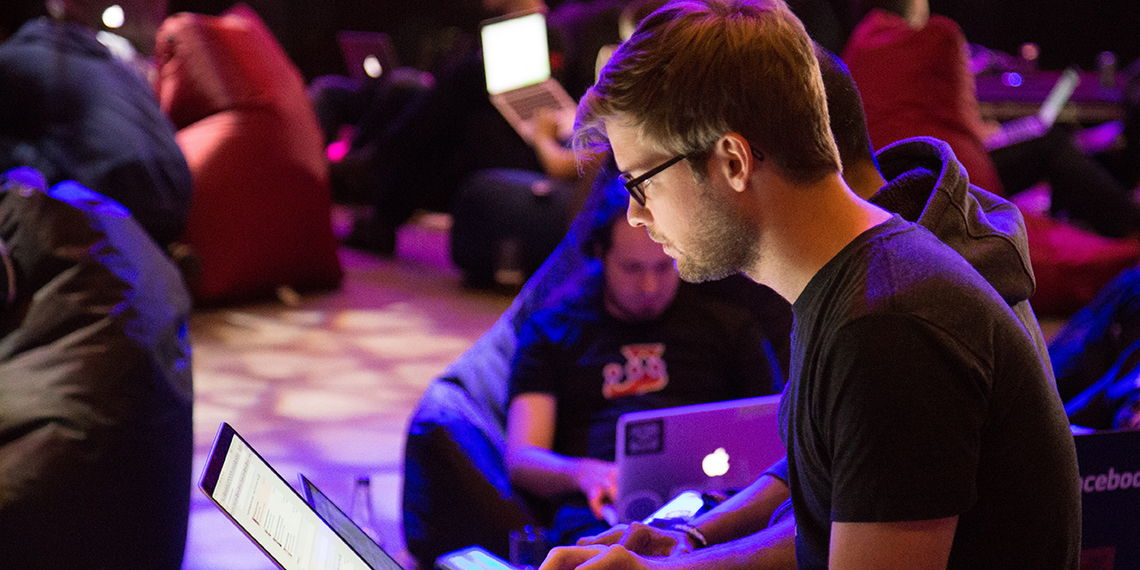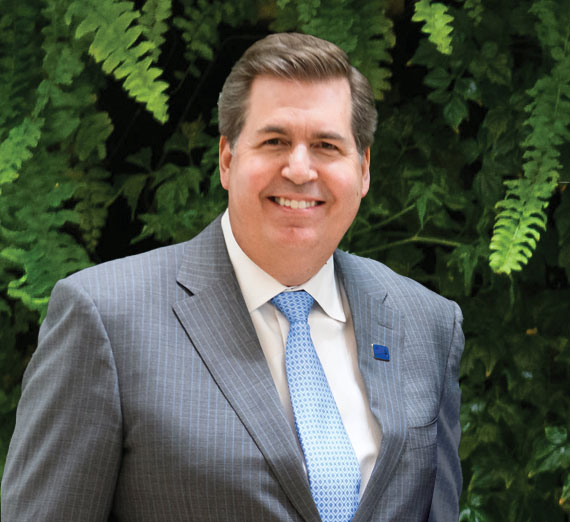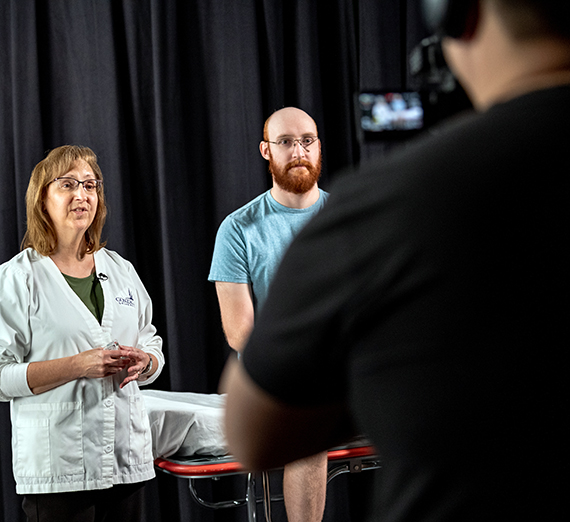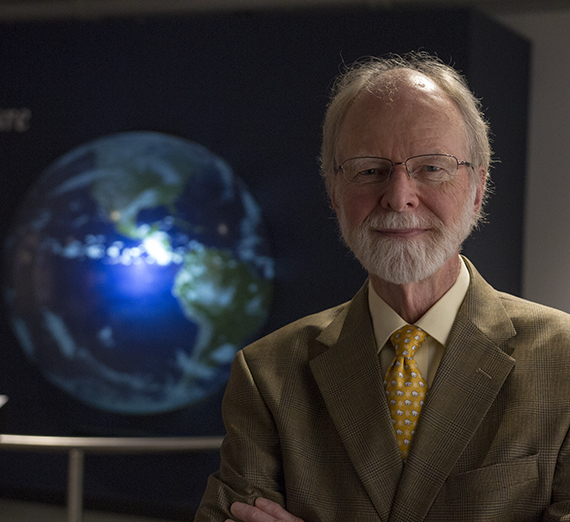Early Experience Positions Gonzaga to Effectively Deliver Distance Education In Addition to In-Person Instruction

SPOKANE, Wash. — As the coronavirus pandemic escalated to a worldwide health crisis this spring, Gonzaga University transitioned all undergraduate courses to remote learning within a dizzying two-week span. Fortunately, Gonzaga’s experience and investment delivering remote education, primarily in graduate studies, made the logistical tour de force possible, allowing some 5,000 undergraduates to finish spring semester on time.
Gonzaga’s past institutional practice of looking to the future not only helped the University navigate the unchartered and unprecedented present moment, but is also shaping its future.

“Remote and distance learning, and their many hybrids, are critical right now, and may have increased importance in the future, but they have also been part of our storied past,” said Gonzaga Provost and Senior Vice President Deena J. González, Ph.D.
Indeed, Gonzaga’s leadership in online education traces to 1998 when Mary McFarland, Ph.D., became dean of the School of Professional Studies (now the School of Leadership Studies) and led development of its distance education offerings.
At that time, GU offered no courses via the internet although a distance learning format had been in place in graduate nursing since 1989. McFarland insisted that Gonzaga be intentional and focused on students, and recognized that the University could be accessible to more students by being flexible in distance delivery formats while remaining committed to Ignatian pedagogy.
By 2004, when the Master of Arts in Organizational Leadership Program (ORGL) began offering a completely remote curriculum, Gonzaga offered 42 graduate classes online with an annual enrollment of 525 students. When McFarland stepped down as dean in 2010, Gonzaga was serving more than 1,000 graduate students a year online in more than 60 courses. Also by 2004, more than half of the undergraduate faculty had adapted to using the online classroom system Blackboard for parts of their courses.
Steeped in the Ignatian scholastic tradition, Gonzaga’s approach to distance learning was founded and remains focused on the qualities of academic rigor, personalized instruction, faculty support, service-learning and ethics.
A Milestone
A milestone in Gonzaga’s development of remote education was the creation of the Virtual Campus in 2012 to market online graduate programs, support faculty and students, and facilitate online course development. Michael Carey, Ph.D., who had been instrumental in making the ORGL program available to distance students in 2004, was appointed dean.

In describing the core purpose of the Virtual Campus, Carey invoked the words of St. Ignatius of Loyola, founder of the Society of Jesus: “Go forth and set the world on fire!”
For remote learning, setting the world on fire means delivering a transformative learning experience to Gonzaga students — wherever they are, said Carey, who now chairs the organizational leadership department.
While interest in graduate leadership programs drove early online growth, later gains came primarily through programs in the School of Nursing and Human Physiology, which was established in 2013.
Mission Evolves to Serve All Gonzaga Students
With Gonzaga’s evolution to a provost structure last year came a new vision and direction from Provost González for online and remote learning: Serve the needs of all Gonzaga students and programs. As a result, the Virtual Campus ended and the professionals in the University’s Instructional Design and Delivery department — who create and deliver online courses — shifted their focus to serving the distance education needs of the entire University.
This shift was fortuitous timing for the unforeseen need to suddenly transition all undergraduate courses to distance learning in mid-March 2020.
Online Graduate Enrollment
Current online graduate enrollment totals approximately 1,350 students, primarily in ORGL and the Master of Arts in Communication and Leadership Studies program, the Master of Science in Nursing programs, and the Doctor of Nursing Practice program. Other online graduate offerings include programs in the School of Engineering and Applied Science, the College of Arts and Sciences, and the School of Education. In the School of Business Administration, the MBA program has nearly all of its courses available online in the summer although it is considered an on-campus program. The accounting programs offer a few online courses in the summer as well, and the Doctoral Program in Leadership Studies is accessible from anywhere in the world.
The Future
Remote and online education empowers Gonzaga to meet students where they are, Provost González said, noting GU students are learning online from locations nationwide and around the world. From a mission perspective, distance education delivery has profound implications for reaching previously inaccessible students.

This generation of undergraduate students arrives at Gonzaga as one of the first to have computers, videos, gaming, smart phones, and tablets almost since birth — making technological savvy a pedagogical imperative, she said.
“They find PowerPoint almost as old-fashioned as the chalkboard,” Provost González said.
“We want to adapt to their learning styles to convey content and to help them understand the meaning, too, of listening to the art of the lecture, to a symphony or a play, to develop patience in a laboratory or an engineering project, and to join us in an engagement of careful reading and deepened research,” Provost González said. “The tools allow us to gallop, but the outcomes also require us to walk at a slower gait in these habits for lifelong learning.”
Gonzaga’s early and deep investment in the delivery of distance education, marked by its focus on the principles of Ignatian educational excellence, provides a foundation for the University to nimbly provide transformative learning to meet students on campus and wherever they live, González said.
- Academics
- News Center




